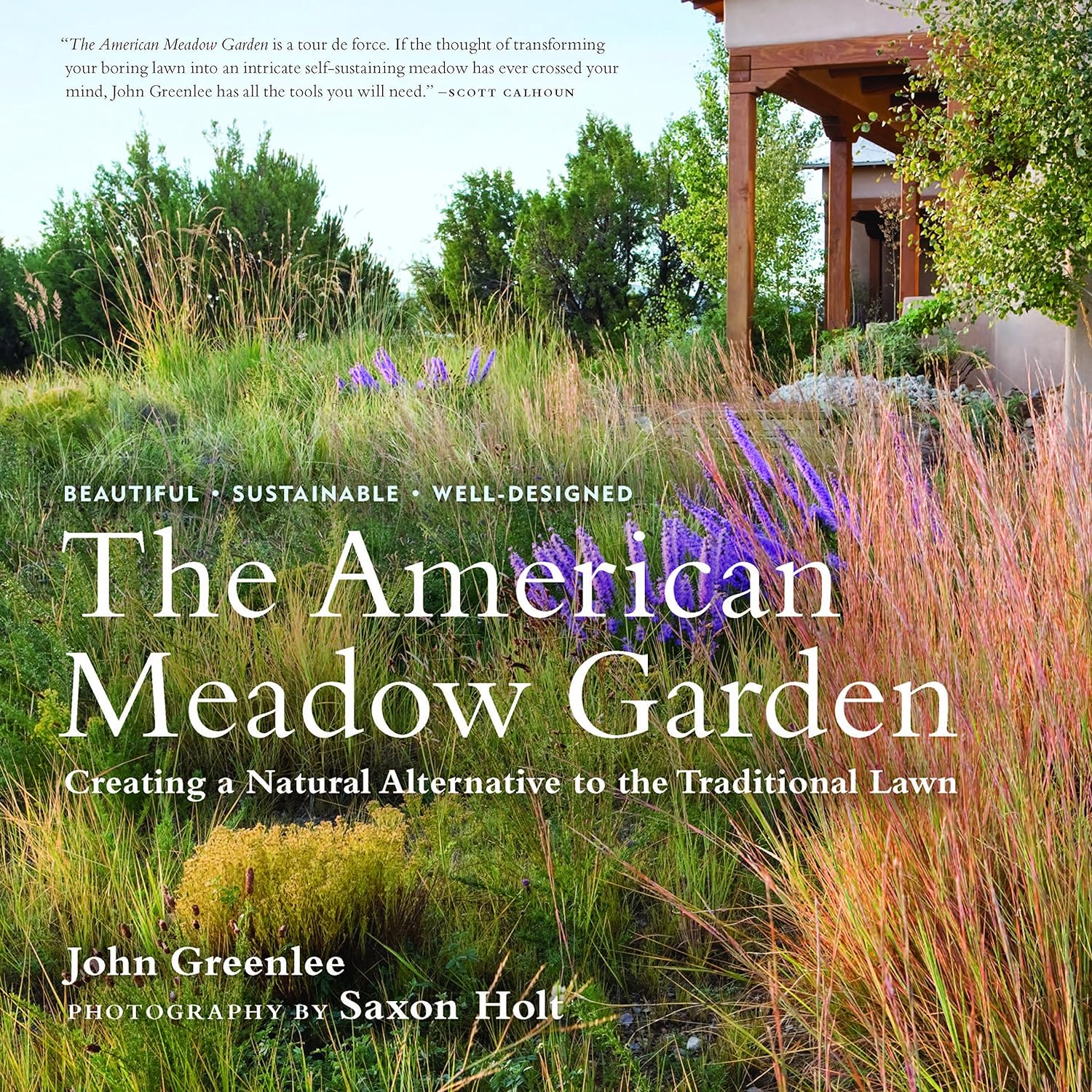Learning and Resources
Courses I’ve Taken
Ecology-based Landscape Practice 6-Part Intensive Course, Summer 2023. New Directions in American Landscape.
- Larry Weaner and Ian Canton teamed up to teach the processes of designing, installing, and maintaining native meadows, shrublands, and understory plantings.
New England Botanic Garden at Tower Hill and New Directions in American Landscape.
- 2-day professional development in ecological landscaping, September 28 and 29, 2023
Books That I’ve Learned From

Planting in a Post-Wild World by Thomas Rainer

Lawns into Meadows: Growing a regenerative landscape by Owen Wormser
Regional organizations dedicated to ecological landscaping practices that support native insects
- Grow Native Massachusetts, Lexington, MA
- Native Plant Trust, Framingham, MA
- Ecological Health Network, Cambridge, MA
- The Ecotype Project, CT
- The Wild Seed Project, North Yarmouth, ME
- Massachusetts Government Sustainable Landscapes
- Local Pollinator or Ecological Efforts by Town
- Bolton Local Pollinator Garden
- Boxborough Steele Farm Pollinator Garden
- Harvard, Natural Companions, Local Ecotype Seeds
- Lincoln Pollinator Acton Plan
- Southborough Pollination Preservation Garden
(Scrollable area)
Discussion:
The Clearing Process:
Larry Weaner advocates using herbicide, particularly when pressure from invasive species is high. Owen Wormser tills 2-3 times, 10-20 days apart. I know tilling releases carbon into the atmosphere.
Both seem preferable to smothering, which takes a full season to kill the existing vegetation and then another season to exhaust the weed seed bank.
Does anyone have knowledge, preferably backed up by academic studies, of the relative merits of turning over the soil v. using herbicide? Do we have stats on how much carbon that releases and how much time it takes to recapture it?

Leave a Reply